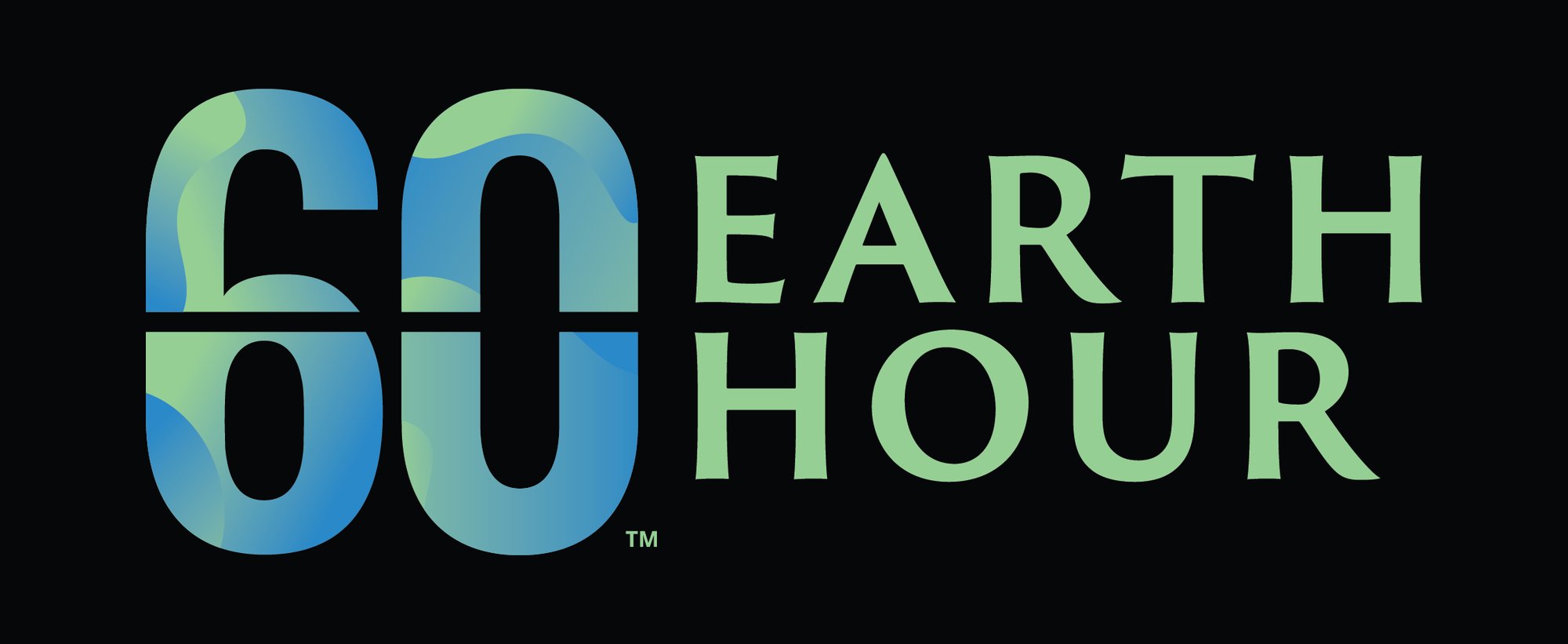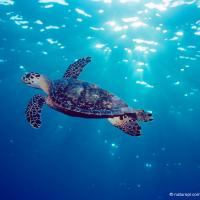
Some years ago, any talk of climate change immediately conjured up images of a polar bear stranded on a block of floating ice. Progressively, as the impacts of climate change became more evident than ever, encroaching upon our day-to-day lives such as the food we eat, our water supply, extreme cold or heat waves, the image of the polar bear got pushed to the sidelines. With the Earth being home to close to a trillion species, we thought it is time we take a look (once again) at how our planet’s biggest environmental challenge is impacting some of the most iconic species worldwide, including polar bears.
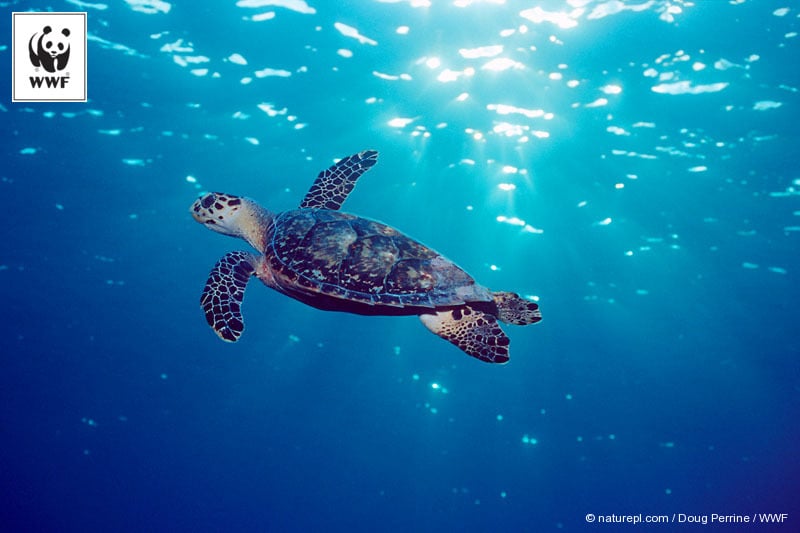
© naturepl.com / Doug Perrine / WWF
Sea Turtles: Ever heard of rising temperatures skewing gender ratios? In sea turtles, the sex of the offspring is determined by nest temperatures, with colder sites producing male baby turtles and warmer nests producing female offspring. If global warming continues at its current levels, then the accompanying nest-warming trend will reduce the number of male turtles and threaten the entire population of sea turtles.
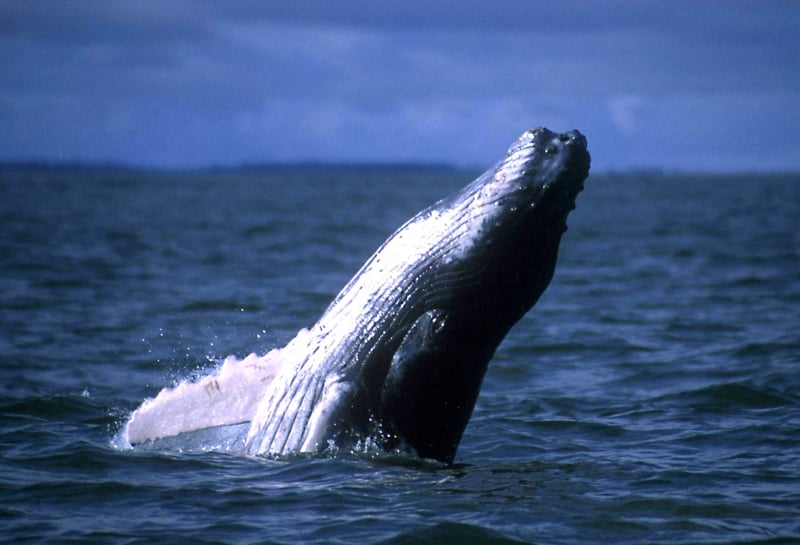
© David Southern / WWF-Colombia
Whales, Dolphins & Penguins: Oceans absorb over 30 per cent of the carbon dioxide we produce and 93 per cent of the added heat arising from human-driven changes to the atmosphere. However, as the levels of CO2 in the atmosphere skyrocket, the ocean is becoming increasingly acidic and warm threatening the survival of plankton and krill, a key food source for larger marine species such as whales, dolphins and penguins. To save these incredible species, we must protect their home, our magnificent oceans. We need to turn the tide on climate change for healthy oceans.
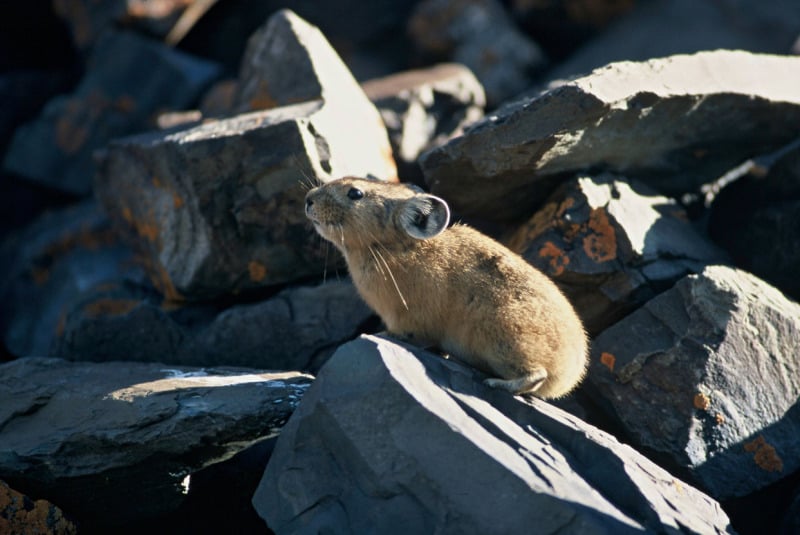
© Anton Vorauer / WWF
Pikas: small mammals with rounded ears and an invisible ‘buried’ tail, pikas have the dubious distinction of being ‘the first mammal to be endangered by climate change’. Unable to easily move northward or travel long distances unlike other vertebrates trying to adapt to warming climes, these close relatives of the rabbit could face loss of vegetation and thermal stress as temperatures rise and extreme weather events become more frequent in and around their home in the mountains of eastern Asia, North America and the Middle East.
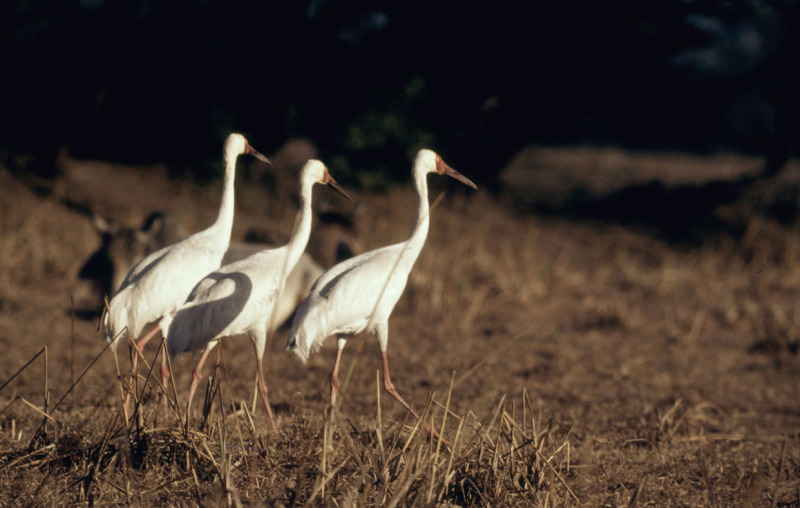
© Michel Terrettaz / WWF
Birds such as Tawny eagle, Siberian crane, tufted puffins…: According to scientists, bird extinction rates could be as high as 38 per cent in Europe, and 72 per cent in Northeast Australia, if global warming exceeds the dangerous threshold of 2 degrees Celsius. As temperatures rise, bird species that thrive only in a narrow environmental range are expected to decline, and to be outnumbered by invasive species.
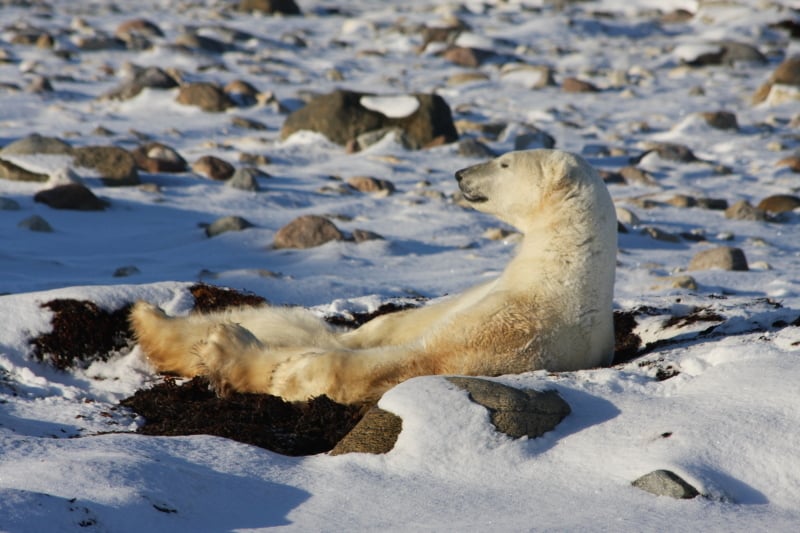
© Nicola Kettlitz / WWF-Canada
Polar bears: Last but not least, polar bears. Dependent on sea ice, these iconic animals use it as a floating platform to catch prey. The time bears have on the ice is their best season – hunting seals and fish is easy, allowing them to restore their body fat and fitness. However, experts believe that the Arctic sea ice is melting at a rate of 9 per cent per decade, and the crucial time bears have to store up energy for the warm season when there is less ice and little available food is becoming dangerously limited endangering their overall body condition, particularly for pregnant or nursing bears, and cubs.
Follow us on Facebook for more updates
climate change, species, wwf, oceans, polar bear, birds, whales, dolphins, pika
